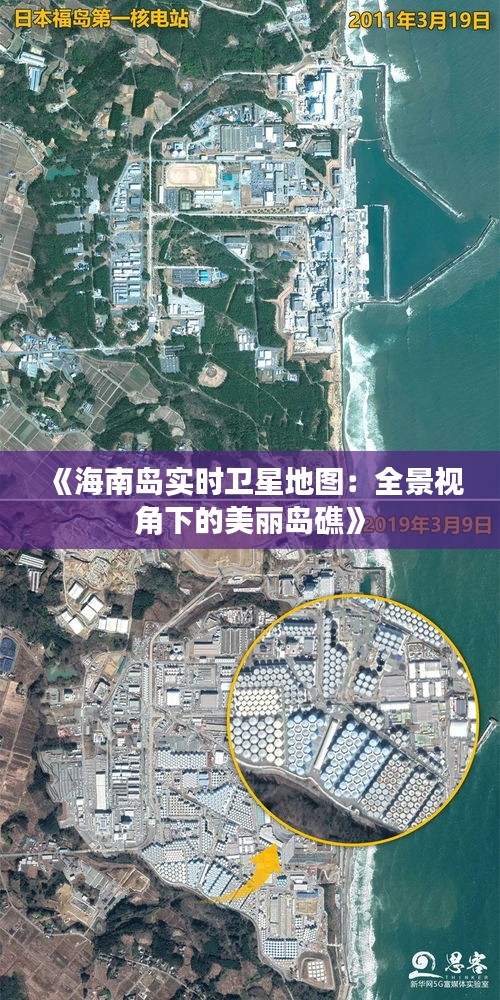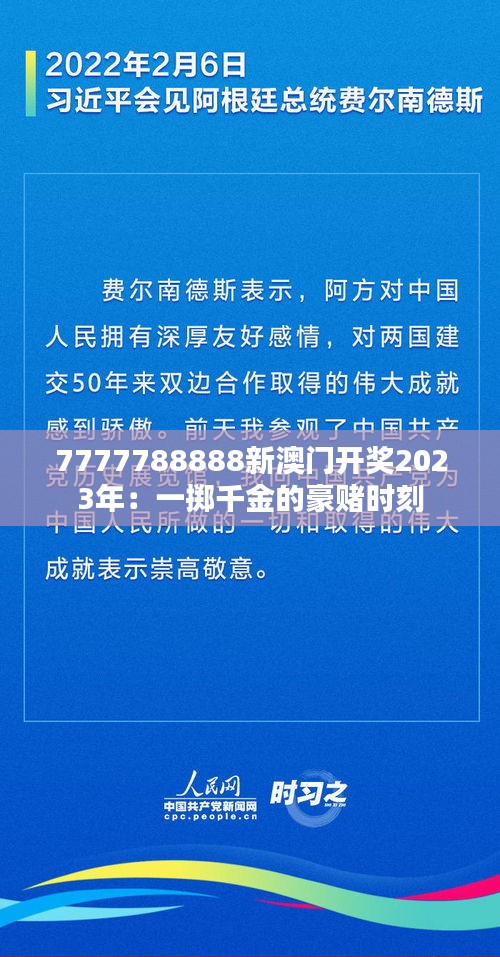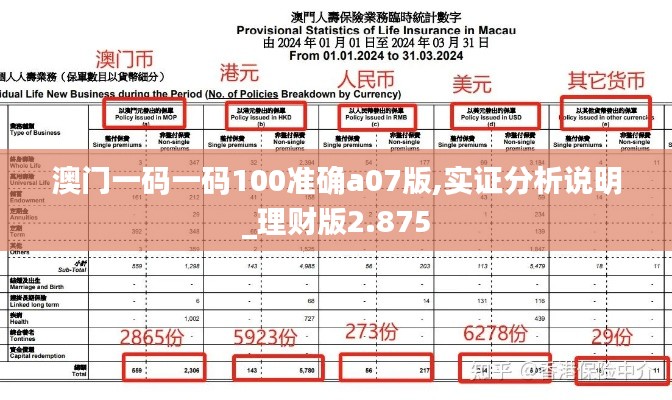Title: "Real-Time Traffic Congestion Rankings: Navigating Urban Challenges"
Title: "Real-Time Traffic Congestion Rankings: Navigating Urban Challenges"
In the fast-paced world of modern urban living, traffic congestion has become a pervasive issue affecting the daily lives of millions. The struggle to navigate through crowded streets, delayed commutes, and increased pollution levels has prompted cities worldwide to seek innovative solutions. One such solution is the implementation of real-time traffic congestion rankings, which provide valuable insights into the most congested areas and help drivers make informed decisions. This article delves into the concept of real-time traffic congestion rankings, their benefits, and the challenges they face in today's urban landscapes.
Introduction
Real-time traffic congestion rankings are a dynamic and ever-evolving tool that helps drivers, city planners, and policymakers understand the current state of traffic congestion in a given area. By analyzing data from various sources, such as traffic cameras, sensors, and GPS devices, these rankings offer a snapshot of the most congested roads, intersections, and neighborhoods at any given time. This information is crucial for optimizing traffic flow, reducing commute times, and improving air quality.
Benefits of Real-Time Traffic Congestion Rankings
-
Improved Commute Times: Real-time traffic congestion rankings enable drivers to avoid heavily congested areas, thereby reducing their commute times. By taking alternative routes or leaving earlier, individuals can save time and reduce stress associated with traffic delays.
-
Enhanced Traffic Management: City planners and traffic engineers can use real-time data to identify patterns and trends in traffic congestion. This information can help them implement effective traffic management strategies, such as adjusting traffic light timings, creating dedicated bus lanes, or implementing congestion pricing.
-
Reduced Pollution: Traffic congestion is a significant contributor to air pollution. By providing drivers with real-time information, real-time traffic congestion rankings can help reduce the number of vehicles on the road, thereby lowering pollution levels.
-
Improved Public Transportation: Real-time data can be used to optimize public transportation schedules and routes, making it more convenient for commuters to switch from private vehicles to public transport. This can lead to a decrease in traffic congestion and an increase in the use of eco-friendly modes of transportation.
-
Enhanced Emergency Response: Law enforcement and emergency services can use real-time traffic congestion rankings to identify the quickest routes to reach accident or emergency scenes, thereby reducing response times.
Challenges in Implementing Real-Time Traffic Congestion Rankings
-
Data Collection: Gathering accurate and reliable data is a significant challenge. Cities must invest in advanced technologies, such as traffic cameras, sensors, and GPS devices, to collect real-time data.
-
Data Integration: Integrating data from various sources can be complex. Cities must ensure that the data collected from different systems is compatible and can be analyzed effectively.
-
Privacy Concerns: Real-time traffic congestion rankings rely on data collected from GPS devices and traffic cameras, which raises privacy concerns. Cities must implement robust data protection measures to ensure the privacy of individuals.
-
Urban Complexity: Urban landscapes are dynamic and ever-changing. Keeping up with the evolving nature of traffic congestion requires continuous updates and adjustments to the rankings.
Conclusion
Real-time traffic congestion rankings are a valuable tool for drivers, city planners, and policymakers to tackle the challenges of urban traffic congestion. By providing real-time insights into the most congested areas, these rankings can help improve commute times, reduce pollution, and enhance overall urban living. However, the implementation of real-time traffic congestion rankings comes with its own set of challenges, which require careful consideration and proactive measures to address. As cities continue to grow and evolve, the importance of real-time traffic congestion rankings will only increase, making them an indispensable tool for managing urban traffic congestion.
Title: "Climate Change and Extreme Weather: Top Meteorological Topics of the Moment"
Title: "Real-Time Data Analysis Techniques: The Future of Data-Driven Insights"
Title: "Real-Time News Commentary: High School Life in the Modern Era"
Title: "Real-Time Processing: The Heartbeat of Modern Data-Driven Enterprises"
Trendy Home Textiles: Exploring the Latest Home Furnishing Trends
Spring Festival Travel Guide for a Heartwarming Family Reunion










 豫ICP备2021032765号-1
豫ICP备2021032765号-1